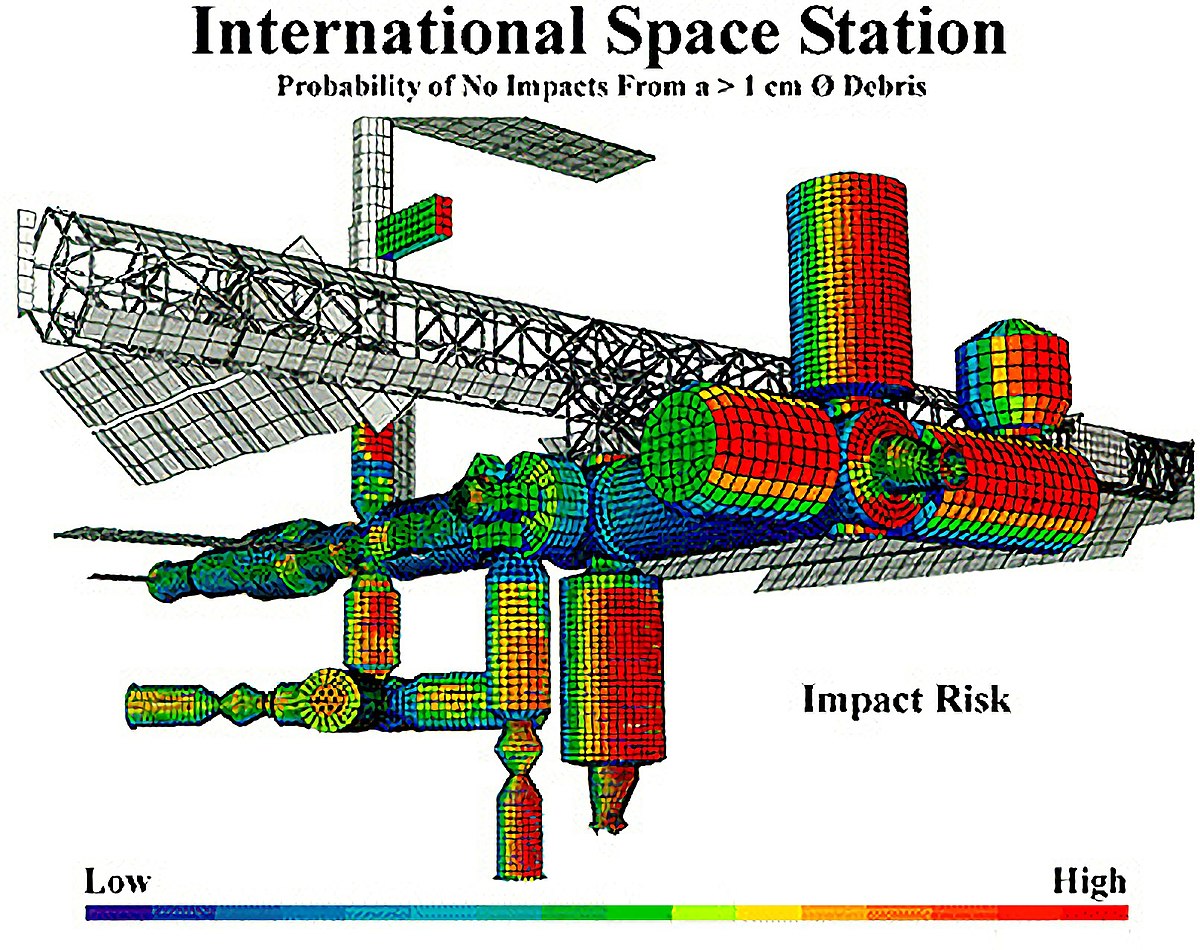
Summary of Safety Engineering
Safety engineering is a discipline that ensures systems meet acceptable safety standards. It involves analysis and techniques to identify and mitigate hazards. The goal is to minimize the likelihood of catastrophic failures that threaten life or property.
Analysis Techniques
Safety analysis includes both qualitative and quantitative methods. Qualitative approaches focus on identifying failure modes and their consequences, while quantitative methods estimate probabilities and severity of outcomes. Techniques like Failure Mode and Effects Analysis (FMEA) and Fault Tree Analysis (FTA) are commonly used. Modern model-based approaches, such as Systems Theoretic Process Analysis (STPA), have also gained prominence.
Preventing Failure
Once failure modes are identified, mitigation measures are employed. Redundancy, fault tolerance, and inherent fail-safe designs are often used to increase safety. Redundancy involves using multiple components to ensure system functionality even if one component fails. Fail-safe designs ensure that the system responds safely to failures, preventing catastrophic consequences.
Safety and Reliability
Safety engineering and reliability engineering have overlaps, but they have distinct goals. Safety aims to minimize the probability of catastrophic failures, while reliability focuses on minimizing downtime and maintaining system functionality. Redundancy and fault tolerance are important for achieving both safety and reliability. However, higher failure rates may be acceptable for non-critical systems in terms of reliability.
Important Facts
- Typical safety certification requires detailed planning, analysis, and quality assurance processes.
- Fail-over or redundancy can be designed into systems to increase safety and reliability.
- Continuously available systems may require specific strategies, such as redundancy or fault tolerance, to ensure safety.
- Process industries, medical devices, commercial aircraft, and nuclear reactors are examples of systems subjected to stringent safety engineering practices.